
In this unit you should learn to…
-
recognise the difference between discrete and continuous data
-
be able to minimise the bias in your data
-
take a sample of data in order to analyse it
-
recognise difference types of sampling
-
find outliers of a set of data
The following questions are based on IB exam style questions from past exams. You should print these off (from the document at the top) and try to do these questions under exam conditions. Then you can check your work with the video solution.
A headteacher wants to find out in how many subjects students have Internal Assessments (IA). He conducts a survey:
| Number of subjects with IAs | 0 | 1 | 2 | 3 | 4 | 5 | 6 |
| Number of students | 15 | 20 | 20 | 32 | 30 | 17 | 16 |
-
State whether the data is discrete or continuous (1)
-
It was not possible to ask the whole school, so he conducts a survey. The school is 55% boys and 45% girls, so he makes sure his sample includes 55% boys and 45% girls. What type of sampling does he use? (1)
-
He then wants to investigate further, so asks all the students that are studying Geography. What type of sampling is this? (1)
-
The coursework marks of the students studying Geography are listed below.
-
Identify the outlier
-
By removing the outlier, calculate the new mean (3)
-
| 45% | 39% | 46% | 29% | 39% | 43% | 42% | 48% | 39% | 41% |
(6 marks)
Video Solution
How much of 4.1 Statistical concepts have you understood?


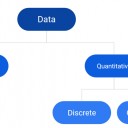





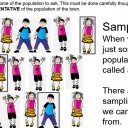
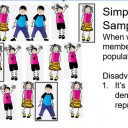
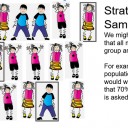

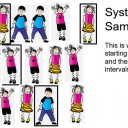
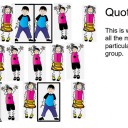
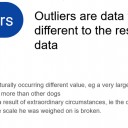
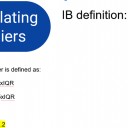
 Twitter
Twitter  Facebook
Facebook  LinkedIn
LinkedIn